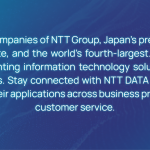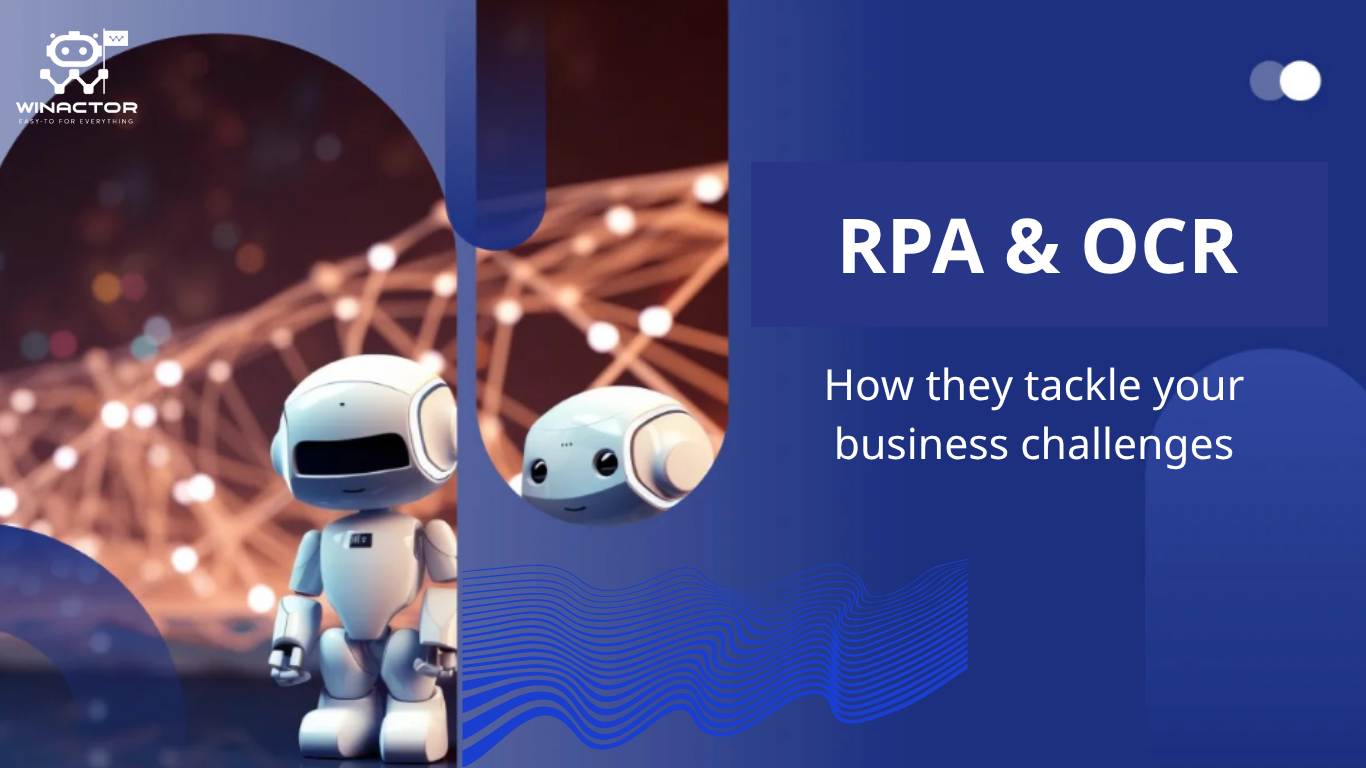The digital technology era marks the development of intelligent technology civilization. At this stage, a series of inventions were born to improve and enhance working efficiency for people.
One of the technologies that bring businesses the most economic benefits today is Robotic Process Automation. Why is this technology at the top of the list of humanity’s greatest inventions?
And how to create an RPA training strategy to improve the workforce? The following article of WinActor Support will help you answer all those questions.
Digital Era 4.0 With Intelligent Automation Processes
The technological revolution began in the 70s of the 20th century. At this stage, people knew the concept of “automation” and began to develop it in many fields.
However, only physical robots exist at this time, and people hardly know much about “software robots.” It was only in the 90s that the field of software bots took off. One of the innovations that politely marked the beginning of the software industry was Robotic Process Automation.
Many businesses knew about process automation robots in the early 2000s of the 21st century. And they have begun to deploy them in a variety of different fields.
Up to now, RPA has been present at the top of all business and production activities. The system of bots infiltrates office blocks and takes on many essential tasks. Therefore, RPA is now the most powerful enterprise software in the world.
The Impact Of Rpa On Office Work
In essence, Robotic Process Automation is a bots system that specializes in repetitive tasks with fixed logic. It works directly on the work computer and uses an user interface.
Therefore, businesses can more easily deploy working bots. Not only that, now RPA can work flexibly on many different systems and platforms. Therefore, companies can use RPA with a fixed server or apply them to a large server.
Here are 3 major impacts of RPA on business and production activities of enterprises:
Work productivity
Work automation is the primary mission of RPA. To deploy the bot system, the staff will install the program. This stage is quite simple, and employees will not need to have too much programming knowledge; they can still set up automation robots.
After this process, RPA will memorize and repeat the steps in the process. With the ability to effectively automate work throughout the process, RPA will help businesses improve labor productivity significantly.
At the same time, the system of the software robot has compatibility with legacy operations and flexibility in the expansion process. Therefore, businesses can apply them to increase work efficiency when the workload increases.
Speed and quality of work
Before, people only had 8 hours to work. They will not be able to work continuously 10, 12, or 14 hours a day.
As a result, the volume and progress of work may be delayed. Since RPA appeared, everything has become balanced and trending up. Specifically, the system of RPA can work flexibly for a long time without rest. At the same time, they have 3 times the operating speed of humans with absolute accuracy. Therefore, the workload of the business will always ensure progress with the best quality.
Create abundant human resources
Why say RPA affects the number of employees of the company? By now, employees who perform repetitive tasks will be replaced by RPA.
The bots system can work faster and more efficiently than manual labor in office work. From there, a virtual human resource department will appear, contributing to optimizing the number of employees of the enterprise.
To stay on the job, employees will need to move on to important tasks and add more value to the business.

How To Create An RPA Training Strategy To Improve Your Workforce
So how can you create an RPA strategy that improves the quality of your workforce? There will be 3 main factors that help businesses establish the perfect strategy for process automation robots.
Determine Your Training Plan Based on Employee Roles
If you want to get the most out of your mining plan, you’ll need to map out employee role-based RPA training processes. It will be easier for employees to transfer the training they receive to their roles.
Additionally, when designing your training process, you will need to base it on the roles and responsibilities of the employee responsible for that workload.
To better understand the workflow, you can review internal procedures and documents. Furthermore, you hold meetings and observe the team members as they work. From there, you will have an overview of the workflow system. That has important implications for more efficient selection and deployment of process automation robots.
Provide a Continuous Learning Process
Continuous learning increases the success of both employees and the business and provides a constant learning process for employees to create awareness. From there, the staff will have a broad and deep knowledge to develop a strategy for RPA to work.
The software robot will be optimized right from deployment. They will operate with the best efficiency, bringing substantial economic benefits.
Get To Know The Skills of Your Employees
To create a professional and business-specific Robotic training course, you must follow these steps sequentially. First, you will need to identify the skills and duties of each employee in the business. You can determine what areas your team specializes in. How capable are they? Because that’s how to make the RPA training process more effective.
Then you will need to hit the educational training. In this step, you can divide the process into three groups: individual, group, and organizational. You will then analyze the development and effectiveness of each ingredient.
This way, you can orient yourself with the right training strategy for each employee. It can be that the evaluation step is the essential step in the stage of understanding the employee’s capacity and responsibilities because it will directly affect the quality of the training process.
Conclusion
Hopefully, the article will help you better understand how to create an RPA strategy in improving the quality of labor. To do this well, you’ll need to do three things:
- Learn employee skills.
- Define role-based training plans.
- Provide a continuous learning curve.
In this way, the whole process of improving labor quality will take place efficiently and quickly.

WinActor is an RPA software solution by NTT DATA Corporation to help businesses master technology, create breakthroughs in the digital age 4.0.




